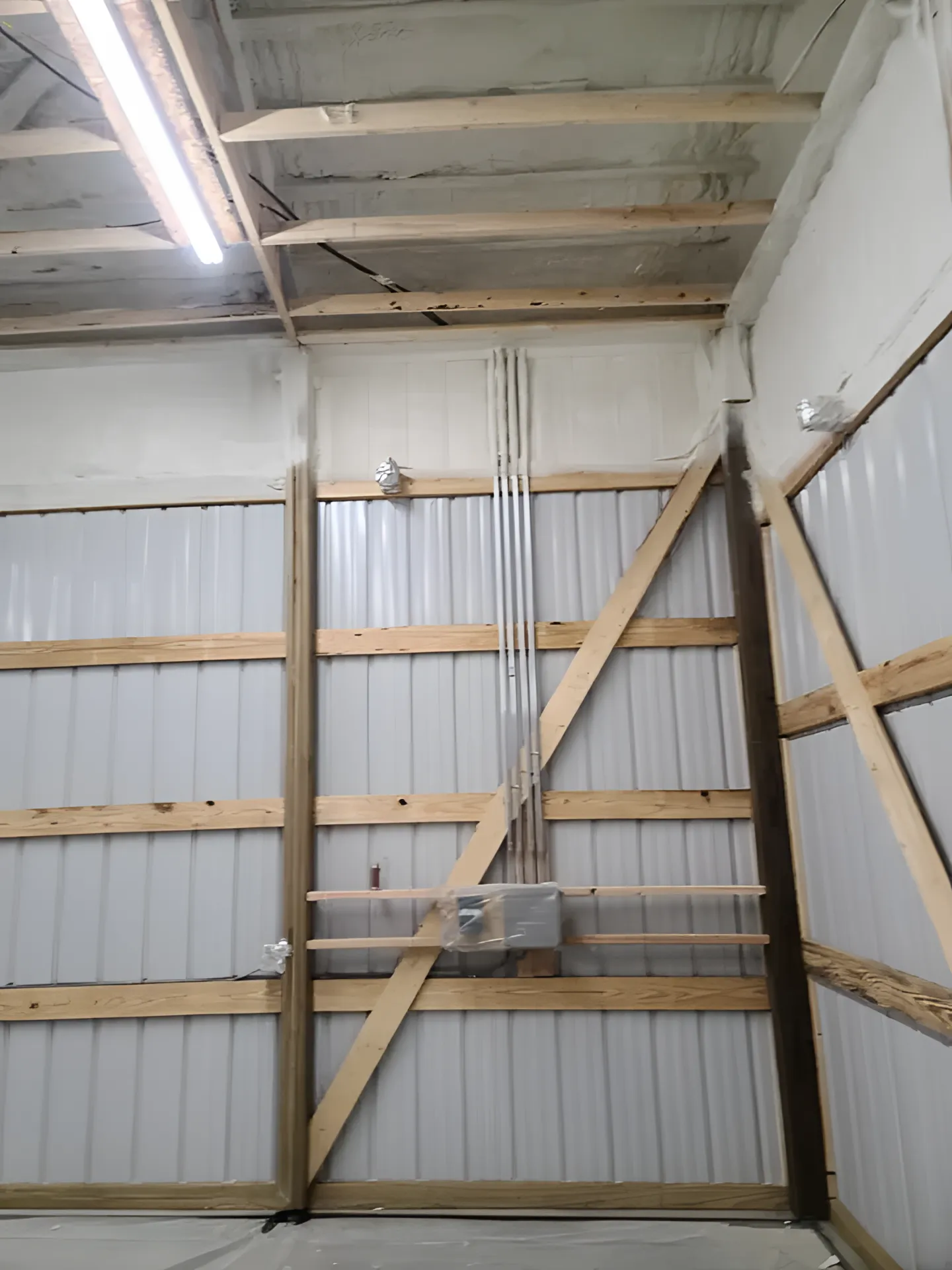
Insulation performance directly affects operating efficiency in Salt Lake City commercial buildings. Air leakage, uneven temperatures, and energy loss often stem from inadequate or outdated insulation. If utility costs remain high year-round or temperature control is inconsistent, the existing insulation may no longer meet performance needs.
Salt Lake City experiences broad seasonal variation, with dry, hot summers and freezing winters. Businesses with poor insulation struggle to maintain HVAC efficiency, leading to energy waste, increased wear on systems, and occupant discomfort. This article outlines insulation performance standards, failure points, and improvement strategies based on extensive field experience with both spray foam and conventional insulation systems.
Nevada Urethane’s insulation technicians apply field-tested practices across a range of property types and climates. Insights shared here reflect direct application of insulation solutions in Utah’s high-altitude, variable climate.
| Observable Symptoms | Likely Insulation Issues |
|---|---|
| High energy bills year-round | Inadequate R-value or thermal bridging |
| Hot or cold spots indoors | Compressed or missing insulation zones |
| Excessive HVAC cycling | Air leakage or conductive heat gain/loss |
| Ice dams or attic condensation | Poor attic insulation or air sealing |
| Climate Factor | Effect on Insulation |
|---|---|
| High summer temperatures | Demands higher thermal resistance (R-values) to prevent indoor heat gain |
| Dry winters with extreme lows | Requires continuous insulation to reduce heat loss and prevent pipe freezing |
| Snow accumulation on roofs | Increases risk of ice dams if attic insulation and ventilation are poor |
Bonus Tip: Infrared scanning identifies thermal inconsistencies quickly especially useful in flat-roof commercial buildings.
| Material Type | Typical R-Value per Inch | Air Sealing | Moisture Resistance | Lifespan |
|---|---|---|---|---|
| Spray Polyurethane Foam (SPF) | R-6.0 to R-7.0 | Excellent | High | 30+ years |
| Fiberglass Batts | R-3.2 to R-3.8 | Poor | Low | 10–25 years |
| Cellulose (Blown-In) | R-3.2 to R-3.7 | Moderate | Moderate | 20–30 years |
| Rigid Foam Boards | R-4.5 to R-6.5 | Good | High | 30+ years |
Bonus Tip: In Salt Lake City’s commercial roofs, closed-cell SPF often delivers the highest long-term return due to both insulation and air barrier function.

| Specification | SPF (Closed Cell) | Fiberglass Batts | Cellulose (Loose-Fill) |
|---|---|---|---|
| Air Infiltration Resistance | >98% reduction | Minimal | Moderate |
| Water Absorption | <2% | >5% | 10–15% |
| Fire Resistance Rating | Class 1 (with thermal barrier coating) | Class A | Class 1 with additives |
| Installation Thickness for R-38 (attic) | ~6.5 in | ~12 in | ~11 in |
(Source: U.S. Department of Energy, Oak Ridge National Laboratory)
Before making a decision:
Bonus Tip: Schedule blower door testing before deciding. It highlights leakage points that insulation upgrades alone may not resolve.
Nevada Urethane provides hands-on solutions to performance issues seen in Utah commercial structures. Relevant services include:
Buildings in Salt Lake City often operate below efficiency standards due to insulation failure. Improvements can reduce operating costs, extend HVAC life, and improve comfort. Choosing the right system depends on structure, access, use, and climate factors. Material performance varies accurate diagnosis comes first.
Nevada Urethane helps Utah businesses correct insulation inefficiencies through proven methods. For evaluations, removal, or reapplication of systems that fit Salt Lake City’s climate, contact:
Nevada Urethane Email: [email protected]
Phone: (775) 397-2820
Experienced teams are ready to support informed decisions with results-focused guidance.
Improvement typically becomes noticeable within one full billing cycle, depending on weather.
Spray foam and dense materials such as cellulose can help reduce sound transmission.
Yes. Lower load demand results in fewer cycles and less mechanical stress.
Annual inspections of attic and roof systems are recommended. Look for settling, moisture, or pest damage.
Indirectly. Air sealing helps control moisture migration, reducing humidity buildup indoors.